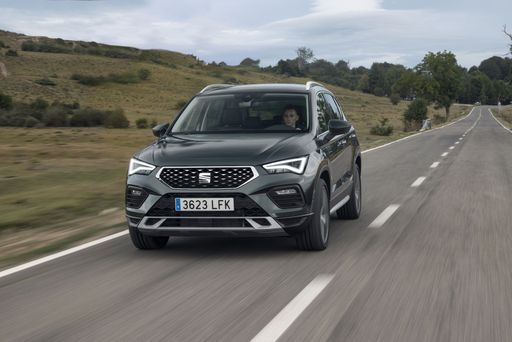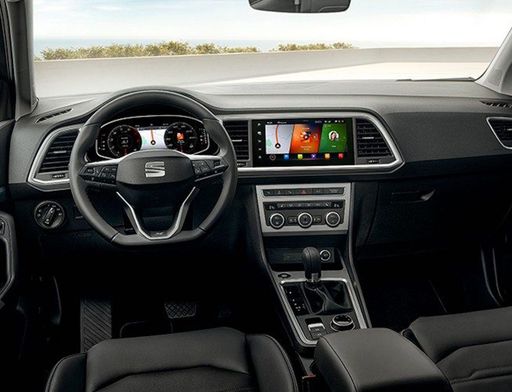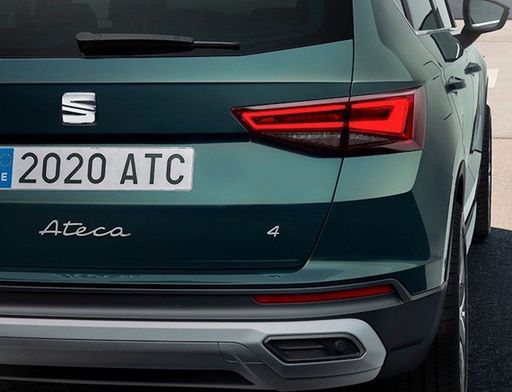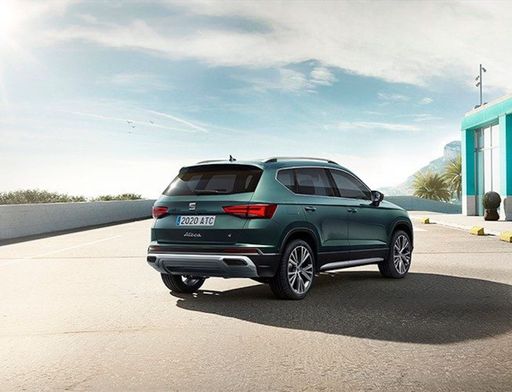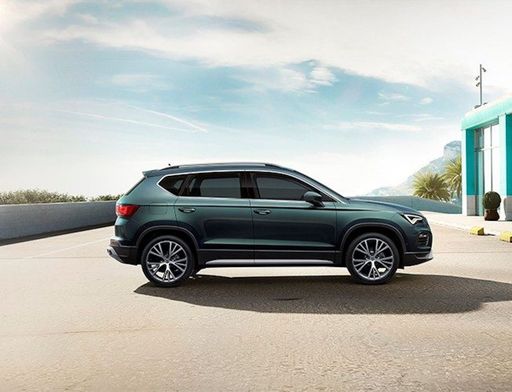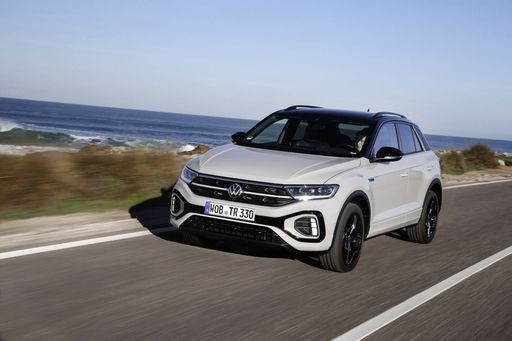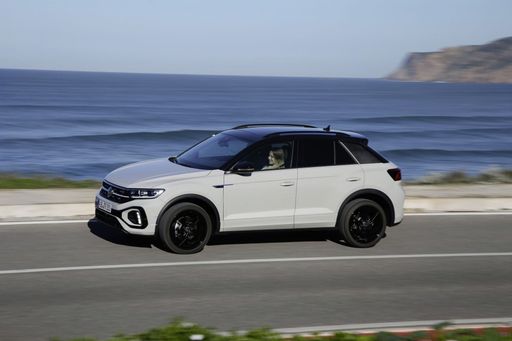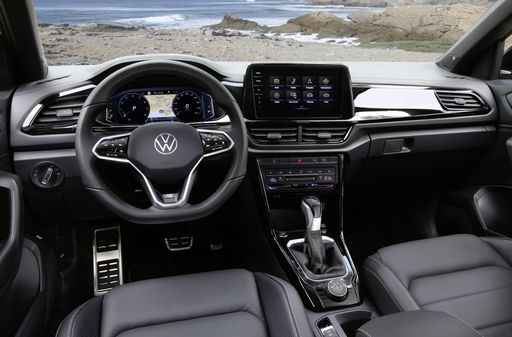Introduction
The compact SUV market has become increasingly competitive, with various brands vying for consumer attention. Two strong contenders making waves in this segment are the SEAT Ateca and the Volkswagen T-Roc. Both models promise an engaging driving experience, advanced technology, and aesthetic appeal. This article delves into a thorough comparison of the two, examining technical specifications, innovative features, and overall performance to help you make an informed decision.

